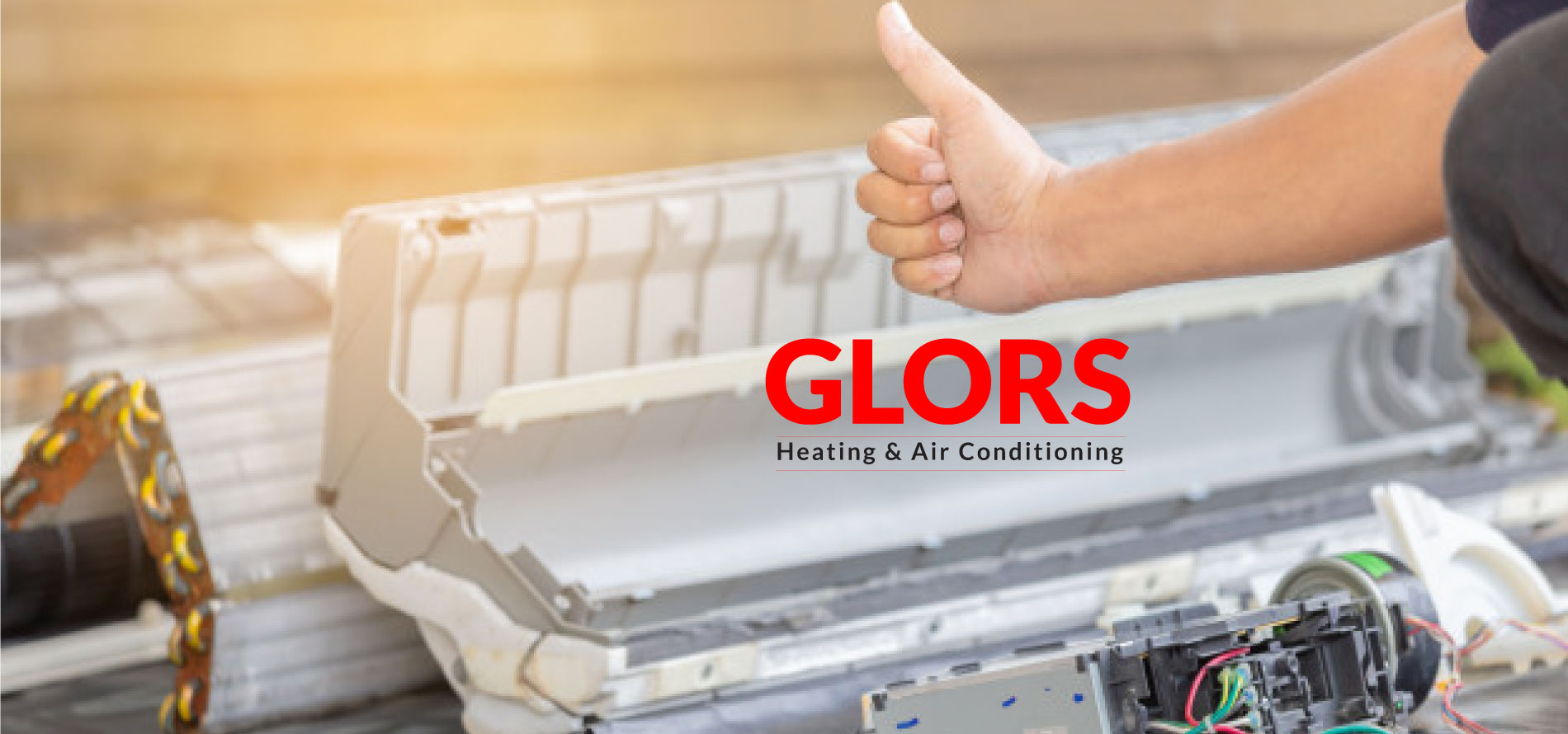Certainly, here are specific signs that might indicate a cracked heat exchanger within your furnace:
1. Carbon Monoxide (CO) Presence:
- CO Detector Alerts: Elevated carbon monoxide levels detected by a CO detector placed near the furnace.
- Symptoms: Experience symptoms of CO poisoning like headaches, dizziness, nausea, fatigue, confusion, or flu-like symptoms when the furnace is running.
2. Soot Accumulation:
- Visible Soot: Sooty residue or black streaks on the furnace, surrounding areas, walls, or vents.
3. Unusual Smells:
- Strange Odors: Though carbon monoxide is smellless, odourless, tasteless
But when Heat Exchanger is faulty,clogged or crack you might have follow smells. - Detection of unusual smells like a strong metallic or chemical odor when the furnace is in operation.
4. Flame Irregularities:
- Flame Appearance: Abnormalities in the flame when observing it through the furnace's viewing port, such as a wavering or flickering flame instead of a steady blue flame.
5. Visible Damage:
- Visual Inspection: Visible cracks, holes, or damage observed on the heat exchanger, if it's accessible for inspection.
6. Age and Heating Inefficiency:
- Older Furnace: If the furnace is quite old or nearing its expected lifespan (typically 15-20 years), it might be more prone to heat exchanger issues.
- Decreased Efficiency: Noticeable decrease in the furnace's efficiency, leading to increased utility bills or difficulty in maintaining desired temperatures.
7. Multiple Symptoms:
- Presence of several signs together, especially if they occur simultaneously when the furnace is running, might strongly indicate a cracked heat exchanger.
What to Do if You Suspect a Cracked Heat Exchanger:
- Safety First: If you suspect a cracked heat exchanger due to carbon monoxide presence or other safety concerns, evacuate the premises immediately, ventilate the area, and contact emergency services and a professional HVAC technician.
- Professional Inspection: Have a qualified HVAC technician inspect the furnace if you suspect a heat exchanger issue. They have the tools and expertise to conduct tests, examine the heat exchanger, and provide necessary recommendations for repair or replacement.
Addressing a suspected cracked heat exchanger promptly is crucial for safety reasons, as carbon monoxide exposure can be life-threatening. Regular maintenance and inspections by HVAC professionals can help identify and resolve such issues before they escalate.



